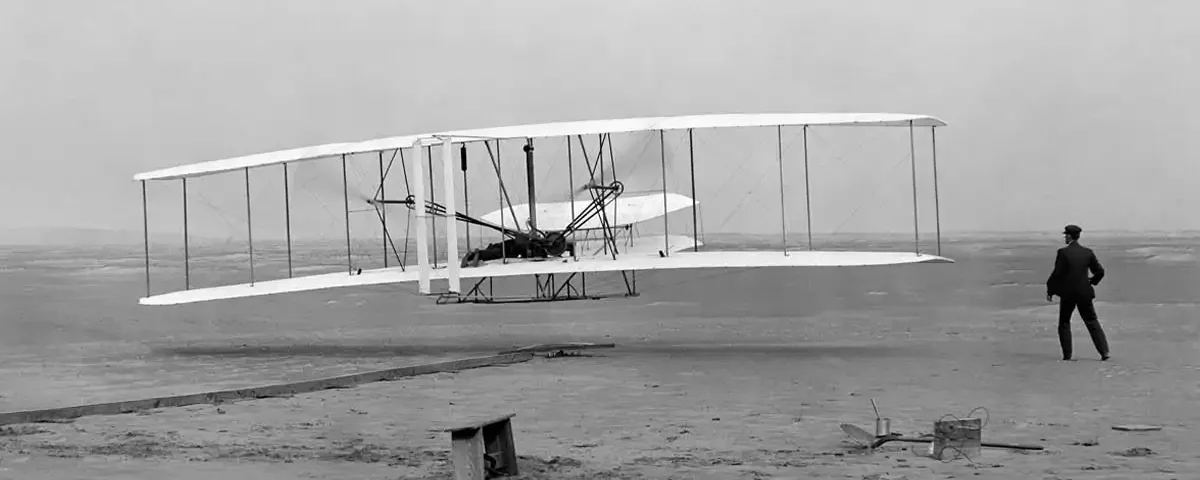
The Best Airport Transfer Options for Families and Groups
March 8, 2025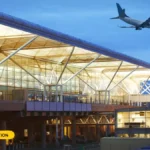
Reliable London Stansted Airport Taxi Service in 2025
March 13, 2025Did you know how British airports, now some of the busiest in the world, came into being in the first place? The evolution of British airports dates back to the early 20th century when aviation itself was in its infancy. Aviation was a new and daring frontier. In 1910, the airports that were established in the UK at this time were pioneers in shaping the manner in which air travel would take place. From humble beginnings as makeshift airfields in open ground to the global transport centers that now exist, British airports have undergone a transformation. Other services : Heathrow or Gatwick , Southampton , London City Airport (LCY)
In this article, we shall consider the most important events that led to the development of British airports, and particularly in 1910. We shall analyze the historical background of the airports, milestones in their development, and how they made a lasting contribution to the aviation sector in Britain. Also, we will explore how British airports came to dominate global travel, dictating international routes and travel centers across the globe. Come along with us as we take a journey through the ages and explore the intriguing history of British airports and their far-reaching impact on the world of aviation.Book now airport transfer
A Historical Overview of the UK’s First Airports
The earliest airports in the UK were, by circumstance and not design, subsequently developed. While the airplane was new and evolving-type technology during the first parlor of the 20th century, few examples existed of an organized infrastructure to support it. Early airfields were nothing more than open fields, makeshift airstrips, or military training grounds. However, these early temporary airfields provided a huge impetus for the growth of British aviation, especially during the 1900s’ pioneering period. The first of these airfields in Britain were created by enthusiasts and members of the armed forces dedicated to pioneering the frontiers of flight. Opened in 1909, Brooklands in Surrey was the first public flying ground in Britain. It began life as a racetrack but developed into one of the earliest specialist aviation sites, hosting air displays and flights by top aviators such as Louis Blériot and Howard Pixton. The Brooklands site became the focal point of UK aviation, where many other aviation events were staged and technology was demonstrated. Although it was not an airport as we would think of it today, it was nevertheless a significant curio in terms of the development of the UK aviation industry.
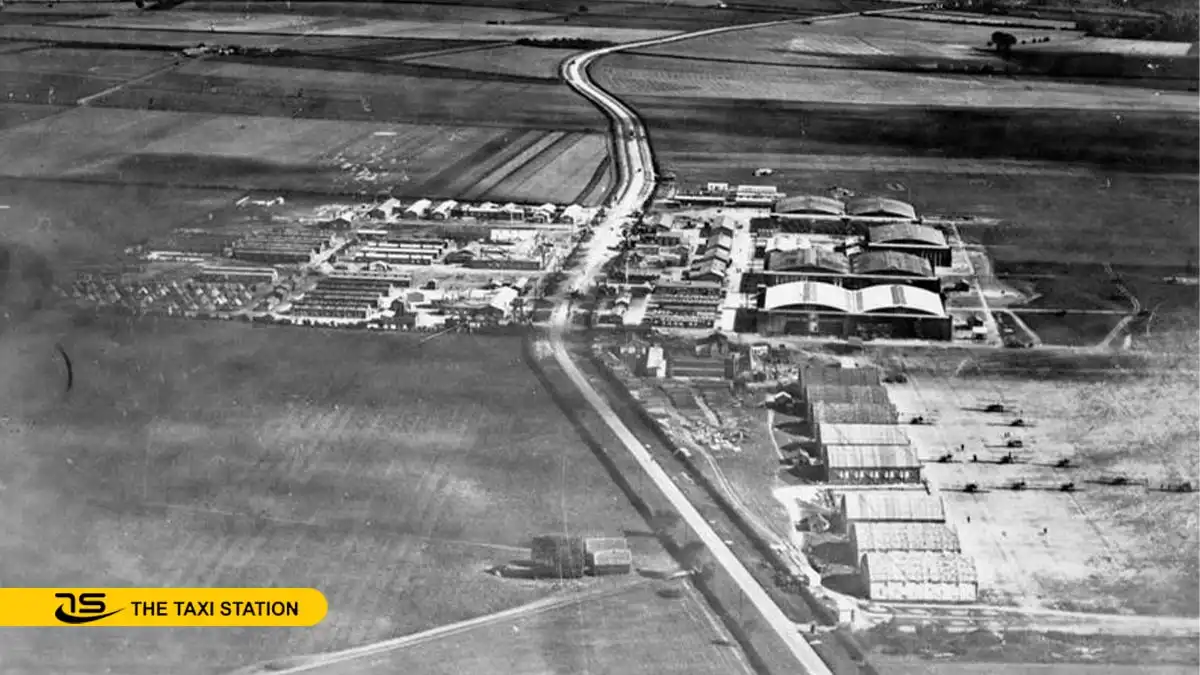
Read more : How to book London Gatwick airport taxi
One of the other sites of significance early in aviation was Larkhill, Wiltshire. Larkhill served as a British and foreign aviators’ military training camp. The Royal Flying Corps (RFC), which was founded in 1912, originally held this site as a pilot training center for the Royal Flying Service. The site, also referred to as “the cradle of British aviation,” played a significant role in creating the early history of flight in Britain. The military presence helped spur the development of other early airfields, which usually began life as military bases before being adapted for use by commercial airlines.
During the early 1900s, aviation was still mostly a military endeavor, with numerous early airfields also serving as pilot training facilities. At the same time, a growing necessity for dedicated spaces for commercial aviation began to accumulate. However, even as enthusiasm for flying grew, airports were still mostly rudimentary. These early airfields were not equipped with many of the facilities that we now find at airports, such as paved runways, terminals, and passenger facilities. In fact, many of the first airfields in the UK were on nothing more than grass strips and temporary hangars.
With developing air transport technology and a growing interest on the part of the public, the attendant supporting infrastructure quickly came into being. These initial airfields provided the basis for the eventual elaborate network of airports which would cover the UK, continuing to become international players.
Key Milestones in the Development of British Airports
The UK aviation witnessed new heights with its induction and evolving infrastructure very progressively. The turning point in 1910 set several other milestones that shall exist in their impacts in the future of the British airports. It marked the year when aviation rose into the public eye and the support infrastructures of aviation started shaping up. One of the significant events in 1910 was establishing the UK’s first official airport, Croydon Aerodrome, in Surrey. This airport grew to become very important to early commercial aviation. Croydon was the first airfield to specifically be for commercial flights. It had passenger services and various other facilities for pilots. It was 1,400 feet long, with grass runways, a terminal building, and a hangar for saving our craft that would all become wonderful new norms for later airport design. Croydon also became the center of operation of the Royal Aero Club, which was getting responsible for the issuing of pilot licenses and establishing flying standards in the United Kingdom. This is where both pioneers of aviation and enthusiasts of commercial flight gathered to meet, making it one of the earliest operational and organized symbolisms of an airport in all of Britain.
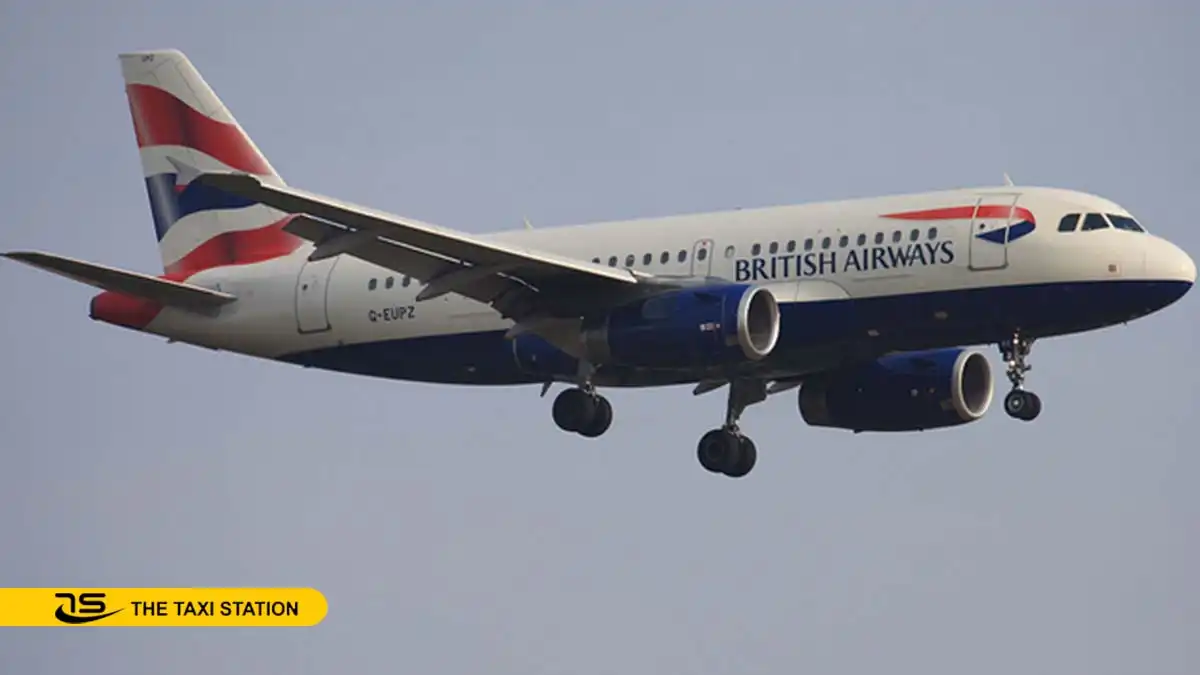
For more information, read the following article in The taxi station blog: Why choose Birmingham Airport Transfers?
At this time airshows also evolved into an organized competitive system to showcase flight. The UK’s first international airshow was held at Brooklands in 1910. The London Aero Show of 1910 – a public spectacle effortlessly attracting crowds in the thousandths – presented to them some of the most forward evaluations of flight mechanical technology. The airshow was important not just as showcase of British aviation but to create a realization that flight required more than selling airfields, they had to be accessible for the public and commercial use of aviation.
The military, too, was important to airport development by 1910 especially in the case of military airfields that would later be converted to civilian use. The military began to understand that aviation was a major strategic asset, as the world moved closer and closer towards world War I. By the time you reached Biggin Hill in Kent, one of the early airfields opened in 1910 for the training of pilots in military aviation. These first military airfields marked the beginnings of the professionalisation of flight in the UK and paved the way for, later on, that very important and monumental hubs that commercial aviation is built upon.
Technologically, 1910 also saw improvements in air transport that were reflected in the design of airports. Runways became longer and more advanced, and primitive forms of air traffic control systems made their debut, although in very rudimentary versions. These controls helped manage more flights and further improved the efficiency and safety of air travel. Airports began to realize the importance of a systematic approach to aircraft management, and this would become even more so as aviation expanded.
In essence, the year 1910 was a time of formative years for British airports, leading to the establishment of well-organized, purpose-built airports that would become a vital component of commercial as well as military aviation. The advances in infrastructure, technology, and public awareness during this period set the stage for the transformation of British airfields into prosperous international centers we witness today.
How British Airports Have Shaped the UK’s Aviation Industry
British airports have contributed importantly to the emergence of aviation, not only in the UK but also in the larger arena of world air travel. Established between the years 1910 and onward, British airports were instituted mostly when military airfields came to be transformed into civilian ones and still thereafter when commercial aviation took shape, all of which allowed British airports to rise in importance among many other contributors to the cause of aviation. From the period between the wars of 1920 and 1940, among the most significant contributions British airports made came in the transition from military to commercial standards. Many other early airfields such as Biggin Hill came into existence primarily for military purposes, to train pilots as well as for air forces. The vast burgeoning nature of commercial aviation in the 1920s and 1930s easily lent itself to the adaptation of such airfields for passenger needs. The acquired expertise in military aviation applied equally well to the commercial world, especially in terms of flight navigation and aircraft technology. Hence, the military airfields provided a backbone around which commercial flight services rapidly expanded throughout the UK and beyond, a leap of faith towards an extensive framework of airports that were to become of service to the entire aviation world.
Beyond infrastructure, economic contribution was another important area where British airports made a contribution to the UK’s aviation industry. Airports were at the heart of air transport as a viable mode of transportation for both passengers and cargo. Airports were hubs for the carriage of mail and freight early on, which provided the British economy with much-needed stimulation. As business traveler flights became more common, airports opened the door to facilitating business, tourism, and international trade. Airport development like that of London’s Heathrow helped make the UK a world center of air transport, creating jobs for thousands of individuals and contributing significantly to the national economy. The economic contribution would continue to grow in later years with increasing accessibility and use of air travel.
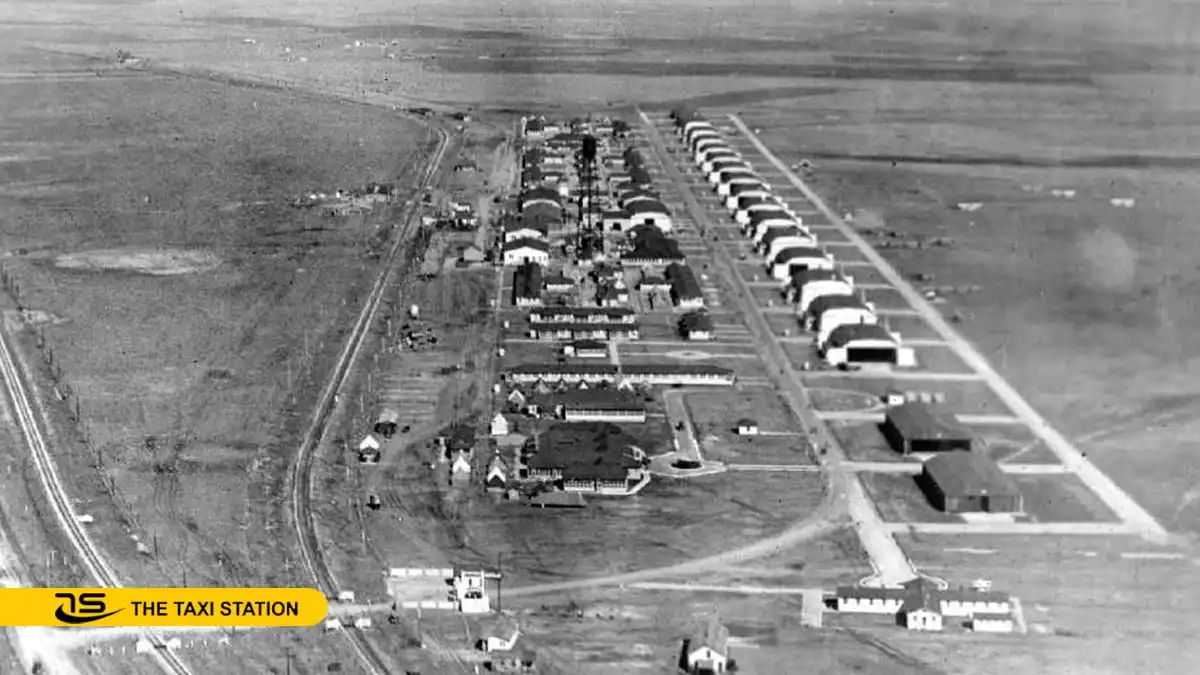
Read more : How to book London Gatwick airport taxi
British airports
Furthermore, British airports were at the forefront of introducing a chain of technological advances that would profoundly affect the aviation industry. Early airports pioneered the creation of air traffic control systems, airport terminals, and passenger services, all of which became standard in airports worldwide. The UK’s emphasis on creating efficient airport operations led to the doors opening for modern practices such as harmonized flight timetables, streamlined check-in, and bag handling. British airports also spearheaded the establishment of passenger amenities such as lounges and air passenger terminals, which transformed the airport experience and enhanced the appeal of air transport.
London airports, indeed all the UK airports, became significant nodes for international transport. As aircraft technology improved and more routes became available, the UK airports joined people and places across the world, turning the nation into a hub of the international air transport network. Interdependence would place the UK as one of the world’s finest powers in the field of aviation.
How British Airports Became Major Global Travel Hubs
The position of the United Kingdom occupying the crucial juncture between Europe and North America has allowed its airports to evolve as significant stopovers for long-haul flights and transatlantic routes. British airports took advantage of this predicament in becoming decisive nodes of transfer for passengers flying from one continent to the next. To this end, the location of the UK, too, ensured connectivity between Europe and destinations across the globe, thus offering very practical travel options to business and tourist travelers alike. That geographical advantage set the stage for British airports to slowly become foremost in the preferences of international travelers, marking their position within the matrix of global aviation as hubs.
The World Wars also did a lot in propelling the advance of British airports. Many of the airfields which had been originally developed for war-time military training have been expanded and updated to an operational standard prepared to fly more recent types during World War I. This highlighted the significance of these airports during World War II, as British airfields were a vital component in the air operations of the Allies. Part of the infrastructure that was laid out to support those wars grew to meet the rising demands of commercial aviation. After World War II these airfields such as Heathrow were brought back into civilian use to be a key piece of infrastructure which facilitated rapid commercial flight networks.
Conclusion
The history of British airports in 1910 laid the foundation for the UK’s influential role in global aviation. From military airfields to bustling international hubs, British airports revolutionized air travel, shaping both the UK’s aviation industry and the global travel landscape. Their legacy continues to thrive today.Book now airport transfer

